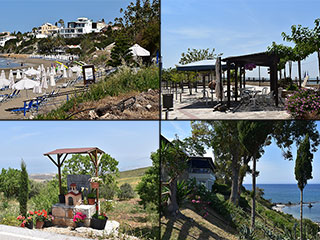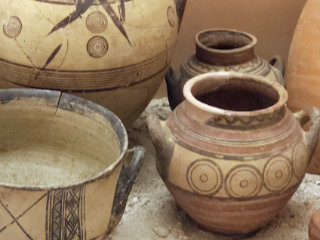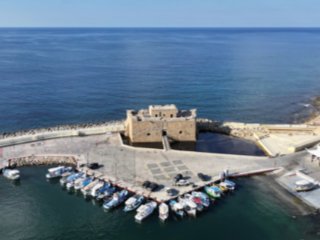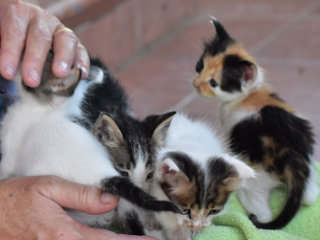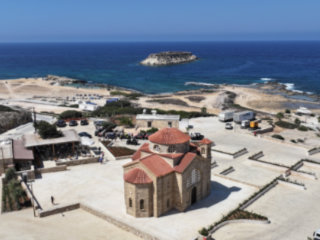Vouni Path
Ultimate View Point
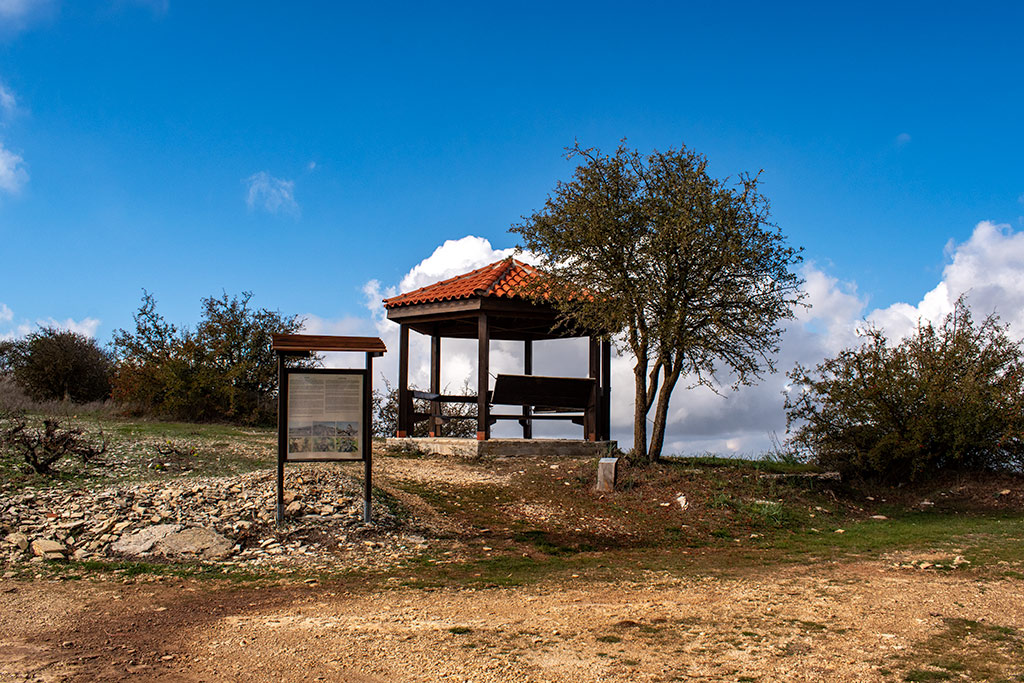
Naturally enough, at such a high vantage point, they had installed another lookout spot. There is an information sign here too, all about vineyards.
Vitis vinifera - Vine, grapevine
The wild grape is one of the first plants cultivated by man, as remains from prehistoric archaeological sites attest. The most indisputable evidence of vine cultivation, however, dates to the 4th/2nd millennium B.C., in Jordan and Israel. Vine cultivation is the first agricultural occupation mentioned in the Old Testament; the book of Genesis tells us that after the flood Noah became the first farmer, and wine was the first product of his labours. There are repeated references to the grapevine and wine in Homer and other ancient writers, including Theophrastus, Dioscuridis and Pliny.
In Greek mythology, two names are associated with wine and the grapevine, Ampelos and Dionyss, Diobysus, son of Zeus and Semel, was worshiped as the god of wine by the ancient Greeks because he discovered the grapeine and taught man the trades of viticulture and wine making. In his connection to wine Dionysus has several names attributed to him, such as Bacchus and Linaios, which is why the festivals Dionysia and Linaia were organised in his honour at Attica. Ampelos was the son of a satyr and a nymph, a youth with whom Dionysus fell in love. Dionysus presented the youth with the gift of a vine hung on an elm. When the young boy climbed the tree to collect the grapes, he fell and died; to commemorate him Dionysys transformed him into a constellation.

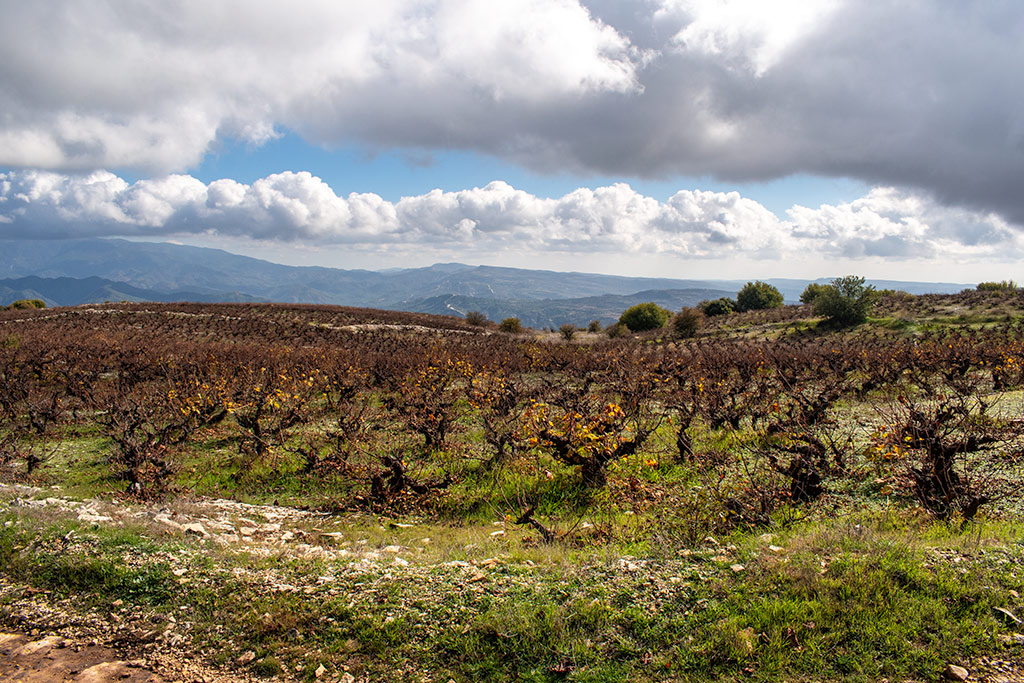
The first evidence of viticulture in Cyprus dates to the 2nd millennium B.C. This is surmised from the archaeological finds as well as references in the texts of several ancient writers, for example, Hesiod, Strabo, Dioscuridis and many others.
During the Byzantine period viniculture and wine were not only part of daily life, but they were also part of religious life, entailing symbolic and spiritual values. During the Frankish and Venetian periods viticulture and wine production were important industries, and they contiuned to be important during the Turkish and British occupation as well. Until recently, wine production in Cyprus was chiefly a small-scale cottage industry. Also a few large-scale industries have been established.
Head Inland
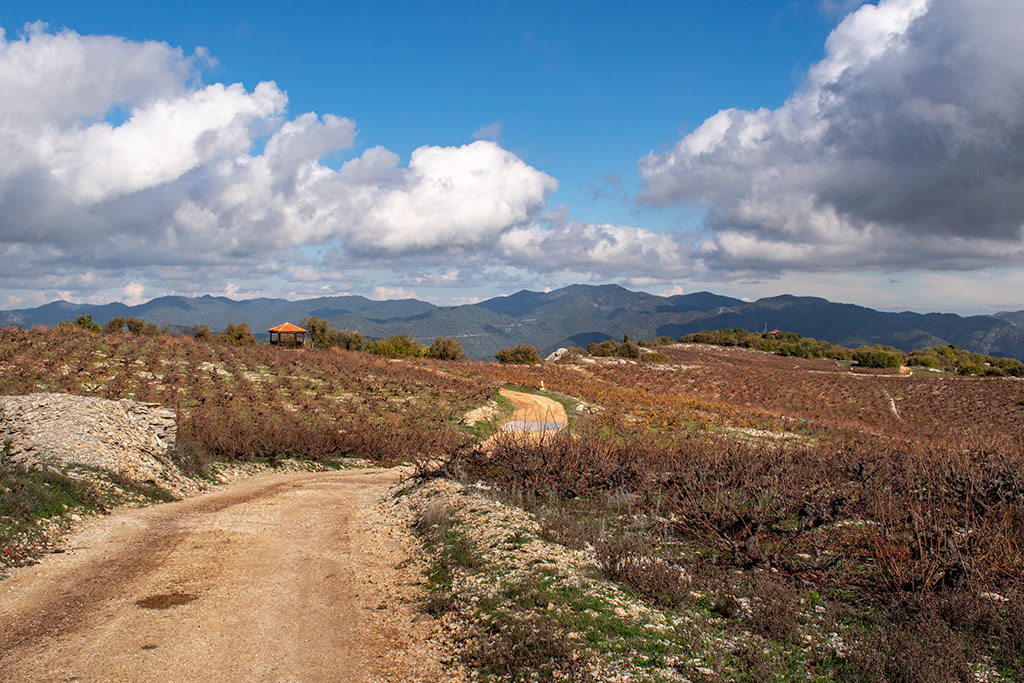
The path now veers away from the cliff edge towards the centre of the plateau. There is a chapel there which is point 3 on the original map. Anyway, the sign continued...
Since 1960, when Cyprus became an independent state, viticulture and wine production have been among the dominant agricultural occupations on the island. The Ministry of Agriculture, Natural Resources and eht Encironment has established a section of Viticulture and Oenology, with the aim of upgrading viticulture and wine quality in Cyprus. Another important organisation established is the Wine Products Council, which particupates in the mapping of agricultural, vineyards and wine policy. On the Troodos mountain range vineyards dominate the landscape, and soon after Cyprus;s accession to the European Union, four regions were designated for the production of Wines of Controlled Name of Origin (W.C.N.O.) and one for the production of Koumandaria. Because of the groweth in the industry, many smaller scaoe, local wineries have also been established of late. Cyprus;s wine-producing grapes are also used by many indicidualrs of families to make wine, zinania (local spirit) and vinegar for their own consumption. The grape juics is also used in severtal traditional preparations (soutzoukos - grape and almond sweet, palouzes - Cypriot grape jelly, etc.). Furthermore, some cultivars are used for the production of raisins.
The Chapel Awaits
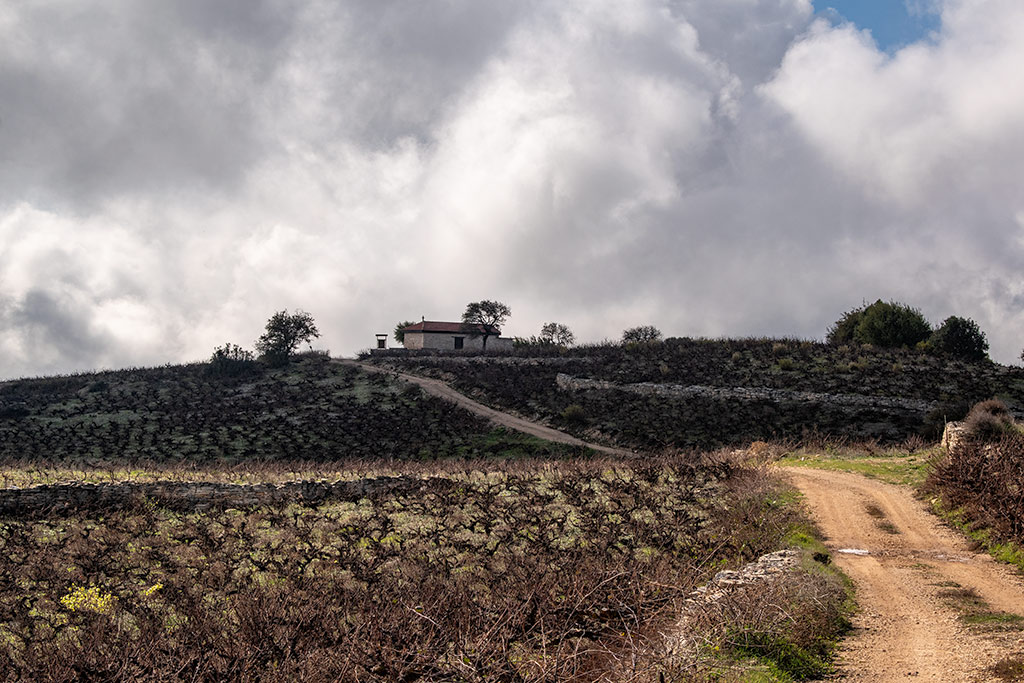
"Vouni Panagias - Ampelitis" is one of the four regions designated for the production of Wines of Controlled Name of Origin. This region includes the villages of Panagia, Statos-Agios Fotios, Galataria and Koilineia. The dominant vine cultivars growing in the region are mavro (black), xinisteri (white), and maratheftiko (black). Some vines are very old and lichens are visible on the main stem. Lichens result from the symbiosis of a fungus and an alga and they occur everywhere, even in places where there are no other plants, such as in the Arctic and the Antarctic, on rocks, trees and elsewhere. Because lichens are very sensitive to atmospheric pollution they can be used to estimate the degree of pollution in industrial area and cities.
Although Cyprus wine is consumed chiefly as a drink, small quantities are used by Cypriots in various local dishes and concoctions. The wine also serves religious needs.
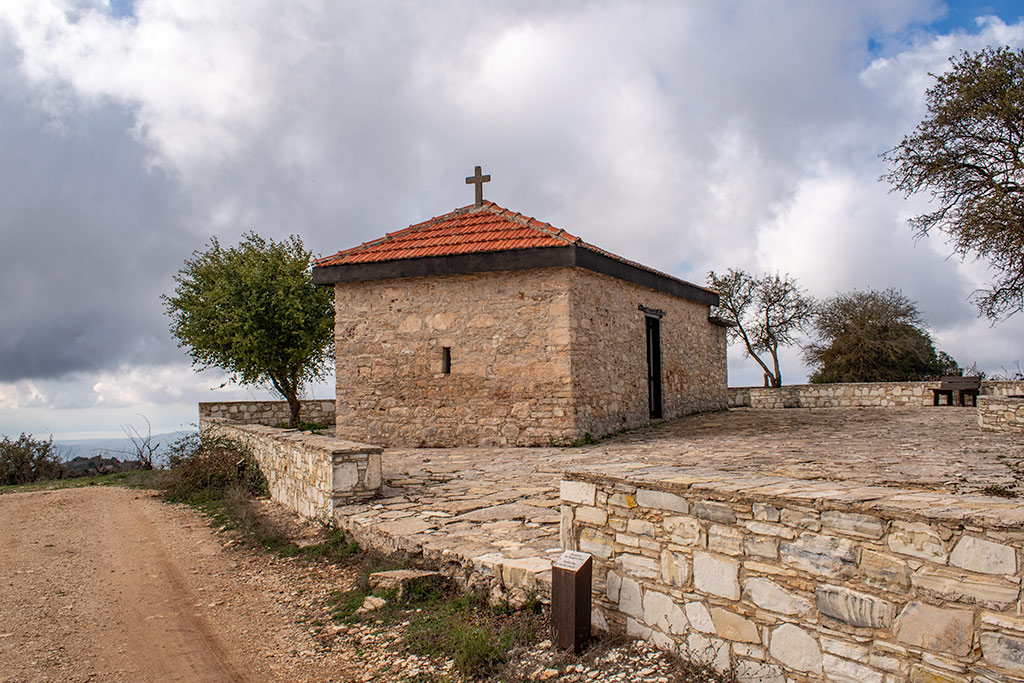
And speaking of religious needs, we now find ourselves at the small chapel identified as Checkpoint 3 on the original map. There is another map here. Unfortunately, the circular route originally shown is now a linear route, with this at one end. Why the rest of the walk is no longer mentioned I have no idea. Anyway, while we are here, let's take a look inside.
Page 6 of 10


Related Blogs:
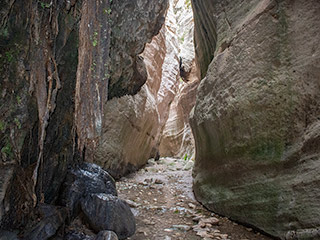
Avakas Gorge
For some time I have been fascinated with exploring gorges in Cyprus, and have brought you reports of various nooks and crannies throughout the island. For various reasons I have yet to give you a tour of the Grand Daddy of them all, but a recent visit from my brother inspired me to take him on a trip up Avakas Gorge and give you a report on the full trail.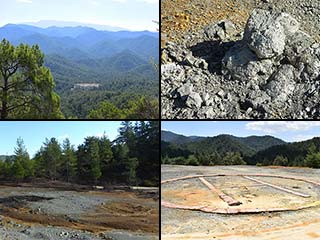
Paphos Forest Mine
Tucked away in the western slopes of Paphos Forest, lies an old mine. You won't ever have seen it unless you went looking for it, and even if you go looking for it you may not find it.Good Pages To Visit
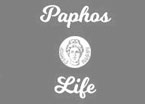
FB PagePaphos Life on Facebook
Like us on Facebook and stay notified of new blog posts.

FB PageOur Facebook Chat Group
Paphos Chat has been created for people who like our site and want to chat using Facebook. You can also easily upload photos of any size here. A lot of people are members of the Facebook chat group and the main forum. It's entirely up to you.

ListBlog Locations
Planning a day out? Then use our map of blog locations as a handy guide. Some of the places we visit our closer to each other than you might think, so take a look and start planning your next adventure...
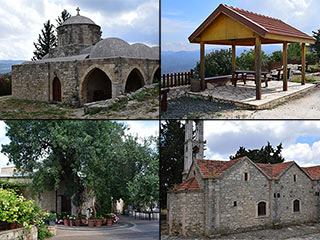
eBookCyprus Road Trip 01: the Kathikas - Panagia Loop
Let me take you on a journey around the region of Paphos, Cyprus. Starting at Paphos itself, we travel to Akoursos, then Kathikas, Kritou Terra and Simou. We continue past Lasa and Kannaviou, before taking in the delights of Panagia. Getting a bit more adventurous, we visit the abandoned villages of Statos and Agios Fotios, before passing through Choulou, Letymbou and Polemi, and rejoining the main Paphos - Polis road.
The route is suitable for all types of vehicle, and requires no off-roading. The guide contains about 130 photographs including shots of all the road signs you need to pay attention to, as well as some of the highlights you may experience along the way.
There are also several maps which will help you keep your bearings.
You can do this journey in a day, or you can break it up into chunks. You can also do it in reverse, to get some completely different views. It is entirely up to you.
